Jan Bang, Eivind Aarset, Arve Henriksen - After the Wildfire (2025) [Hi-Res]
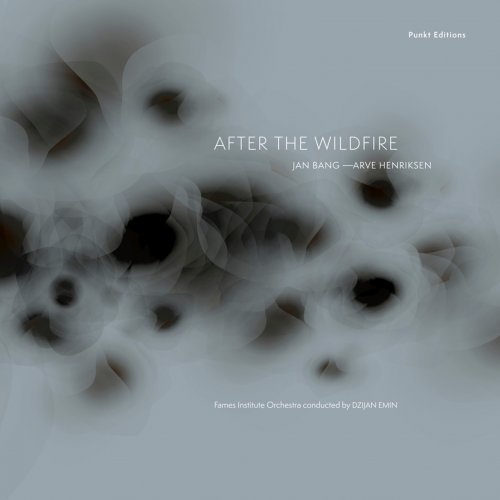
Artist: Jan Bang, Eivind Aarset, Arve Henriksen
Title: After the Wildfire
Year Of Release: 2025
Label: PUNKT edition
Genre: Jazz, Ambient
Quality: FLAC (tracks) / 24bit-48kHz FLAC (tracks)
Total Time: 30:53
Total Size: 146 / 321 MB
WebSite: Album Preview
Tracklist:Title: After the Wildfire
Year Of Release: 2025
Label: PUNKT edition
Genre: Jazz, Ambient
Quality: FLAC (tracks) / 24bit-48kHz FLAC (tracks)
Total Time: 30:53
Total Size: 146 / 321 MB
WebSite: Album Preview
1. Seeing (Eyes Closed) (4:23)
2. Acacia (5:32)
3. Meridian Moon (3:05)
4. Grassland (4:42)
5. Halfway Between Noon and Sunset (3:55)
6. Pehlivan Fighters (1:50)
7. Abandoned Cathedral II (4:17)
8. Remnants (3:14)
Commissioned by the Skopje Jazz Festival for its 42nd edition in 2023, After the Wildfire — the new album by Jan Bang and Arve Henriksen — was first performed in Skopje with the FAMES Institute Orchestra and Macedonian voices, arranged and conducted by Džijan Emin. That premiere revealed a music that hovered between genres, at once ambient, folkloric, and symphonic, “with its main feature being innovation and creativity,” as Nenad Giorgevski wrote.
The album itself grows directly from those premiere recordings. At its heart is the quartet of Bang (live sampling, electronics), Henriksen (trumpet, voice), Eivind Aarset (guitar, electronics), and Ingar Zach (percussion), their elemental dialogue set within the orchestral textures shaped by Emin and the FAMES musicians. To this foundation, new studio recordings made at Punkt Studio were later added — including “Seeing (Eyes Closed),” “Halfway Between Noon and Sunset,” and “Remnants” — featuring Bang, Henriksen, and Aarset. The result is a work that moves between live and studio, collective and intimate, each piece emerging as a scene, an apparition, a fragment of survival: the sound of performance transformed into lasting resonance.
The opening, “Seeing (Eyes Closed),” sets trumpet against haunted pianola music in consuming darkness, a paradoxical inward vision, where the shutting of eyes opens a new sight. Sound itself becomes a form of dream-seeing. “Acacia” follows as a fanfare of humanity across a savanna of sound, warm and braided with sorrow, perhaps a tale of love and loss wrapped in ornament and echo, resilience in aridness, thorned grace surviving heat. “Meridian Moon” catches the eerie instant when time and light align, underpinned by a wandering sky. “Grassland” is tense and spacious: a silent hunt, a low growling and the textural padding of predatory feet, this is music of vast unobstructed terrain, where stillness conceals unseen lives moving in stealth beneath the tall grass.
“Halfway Between Noon and Sunset” pulses with a near-mechanical inevitability, a liminal clock, precise yet haunted, while “Pehlivan Fighters” surges with Sufi-infused ecstatic energy, folk heroes of the soul rising before an invisible crowd, ritual contest as communal celebration, rhythm as both muscle and spirit. “Abandoned Cathedral II” is the de-configuring of architecture itself: entropic unmotion, where present haunts past and past haunts present, each rationalising with the other in a revisitation of loss. Finally, “Remnants” leaves only a dull sparkle, the shimmer of light on dark water, where the definite dissolves into suggestion: Sparse and brittle, it is the afterimage that lingers, what survives after the fire.
Threaded throughout is a meditation on the strength of nature against the impermanence of human endeavour, a sound-poem in the shadow of Shelley’s Ozymandias.
The album itself grows directly from those premiere recordings. At its heart is the quartet of Bang (live sampling, electronics), Henriksen (trumpet, voice), Eivind Aarset (guitar, electronics), and Ingar Zach (percussion), their elemental dialogue set within the orchestral textures shaped by Emin and the FAMES musicians. To this foundation, new studio recordings made at Punkt Studio were later added — including “Seeing (Eyes Closed),” “Halfway Between Noon and Sunset,” and “Remnants” — featuring Bang, Henriksen, and Aarset. The result is a work that moves between live and studio, collective and intimate, each piece emerging as a scene, an apparition, a fragment of survival: the sound of performance transformed into lasting resonance.
The opening, “Seeing (Eyes Closed),” sets trumpet against haunted pianola music in consuming darkness, a paradoxical inward vision, where the shutting of eyes opens a new sight. Sound itself becomes a form of dream-seeing. “Acacia” follows as a fanfare of humanity across a savanna of sound, warm and braided with sorrow, perhaps a tale of love and loss wrapped in ornament and echo, resilience in aridness, thorned grace surviving heat. “Meridian Moon” catches the eerie instant when time and light align, underpinned by a wandering sky. “Grassland” is tense and spacious: a silent hunt, a low growling and the textural padding of predatory feet, this is music of vast unobstructed terrain, where stillness conceals unseen lives moving in stealth beneath the tall grass.
“Halfway Between Noon and Sunset” pulses with a near-mechanical inevitability, a liminal clock, precise yet haunted, while “Pehlivan Fighters” surges with Sufi-infused ecstatic energy, folk heroes of the soul rising before an invisible crowd, ritual contest as communal celebration, rhythm as both muscle and spirit. “Abandoned Cathedral II” is the de-configuring of architecture itself: entropic unmotion, where present haunts past and past haunts present, each rationalising with the other in a revisitation of loss. Finally, “Remnants” leaves only a dull sparkle, the shimmer of light on dark water, where the definite dissolves into suggestion: Sparse and brittle, it is the afterimage that lingers, what survives after the fire.
Threaded throughout is a meditation on the strength of nature against the impermanence of human endeavour, a sound-poem in the shadow of Shelley’s Ozymandias.

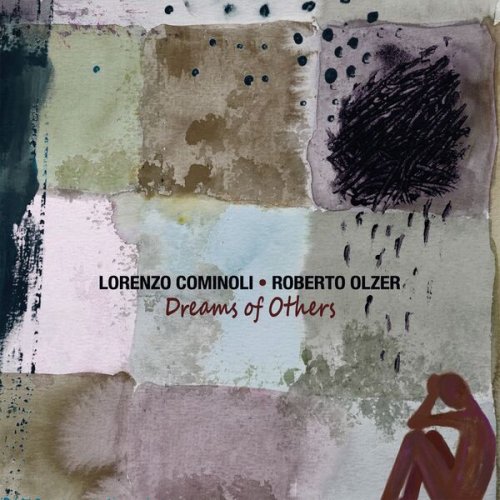
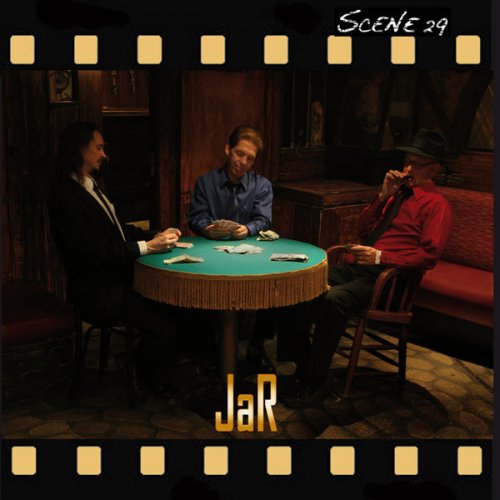
![Hector Costita - 1981 (2025) [Hi-Res] Hector Costita - 1981 (2025) [Hi-Res]](https://www.dibpic.com/uploads/posts/2025-12/1764940175_a1597361941_10.jpg)
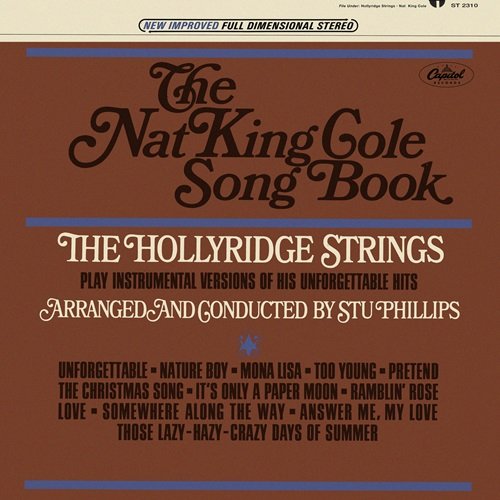
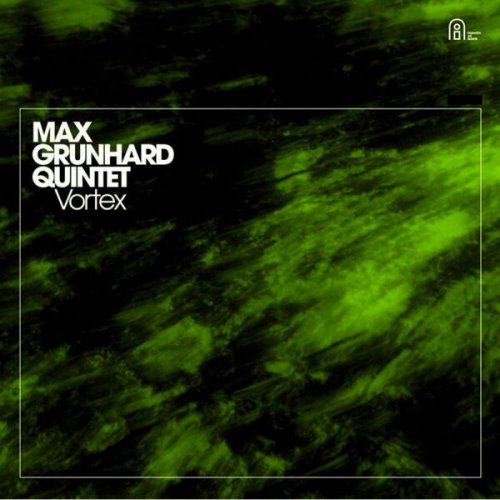

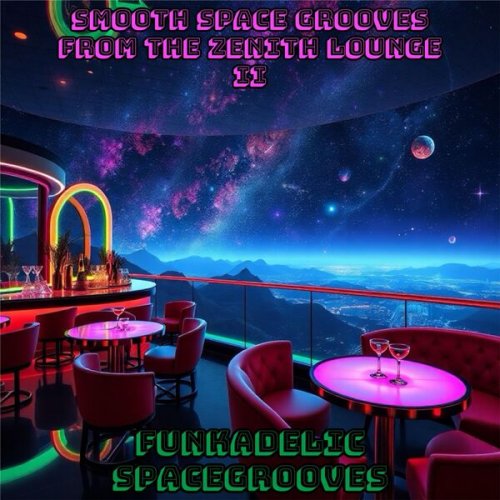
![Naama - 'Tis Autumn (2025) [Hi-Res] Naama - 'Tis Autumn (2025) [Hi-Res]](https://www.dibpic.com/uploads/posts/2025-12/1764927582_a0600773729_10.jpg)